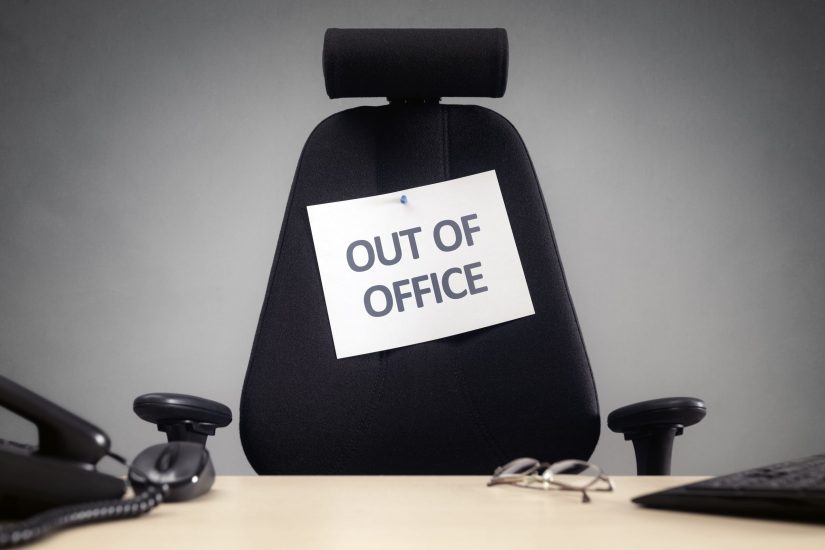Benefits & Compensation
Leave of absence. All you need to know as an employer
A leave of absence is time away from work granted to an employee. This time off is often granted to employees who need this time off...
Benefits & Compensation
A leave of absence is time away from work granted to an employee. This time off is often granted to employees who need this time off...

Marcos Lopez
HR Consultant

3 of January, 2025
Employees being away from work and leaving their posts can spell doom for any business. Yet, there are times when it can’t be helped. In situations like this where an employee needs some time off for one reason or the other, a leave of absence is required.
To put things simply, a leave of absence is a time away from work granted to an employee. This time off is often granted to employees who need this time off to handle special events, situations, or circumstances currently occurring in their personal life.
While both involve time off from work, a leave of absence is not a vacation. The major difference between these two is that a vacation is often pre-planned and scheduled for a specific period. A leave of absence, on the other hand, often has to be requested when the need arises.
There is also the difference in purpose. A vacation is time off that pretty much functions as an employee’s reward for all the work they have put into a company. This leave is often spent relaxing, traveling, or simply having a good time with the family.
A leave of absence, however, is time away from work taken to attend to personal issues. These issues are often serious, urgent, or both and often have little or nothing to do with relaxing or having fun.
Leave of absence is basically classified based on whether they are paid or not. A paid leave of absence is one in which the employee on leave still gets paid despite being away from work. This pay can be the full extent of their usual salary/wage or just a part of it. Unpaid leave is one where the employee doesn’t get paid.
When you receive a leave of absence from an employee, you should start looking for a temporary replacement. Someone who can handle the tasks of the employee who is taking a leave. It is important to have the replacement available before the employee goes on leave so your business doesn’t suffer due to the employee’s absence. In this case, using a time off management software will help you automate the management of your employee’s leaves and control absenteeism.
Federally, employers are mandated to grant employees leaves. Depending on the state you reside in and the industry you service, the duration of these mandatory leaves may vary.
Examples of cases when a leave may be mandatory include:
The decision as to whether employers are to pay employees who are on leave or not is typically left to the employer. While some state policies mandate paid leaves in certain situations, it is mostly left to the employer to decide whether to pay an employee when they are on leave or not.
Many employers often choose to offer some pay to their employees who are on leave in order to grant them financial support when they are on leave. This is especially recommended when the leave is requested to handle issues that are obviously financially demanding. Providing some financial support would greatly take the strain off the employee’s back. You can check out these paid leave ideas for inspiration on strategies you can use to pay your employees while they are on leave.
Did this information help you? We hope so. To learn more about human resources visit Sesame HR.